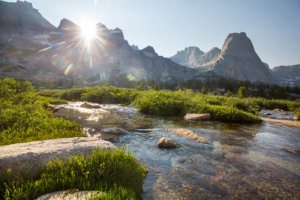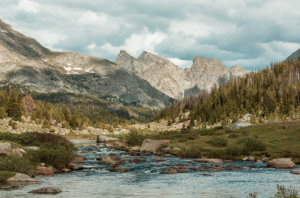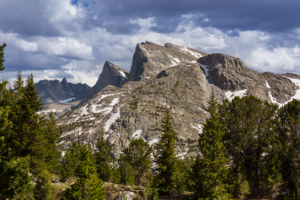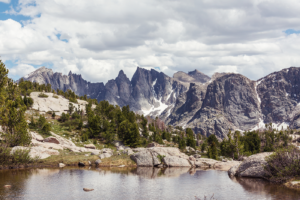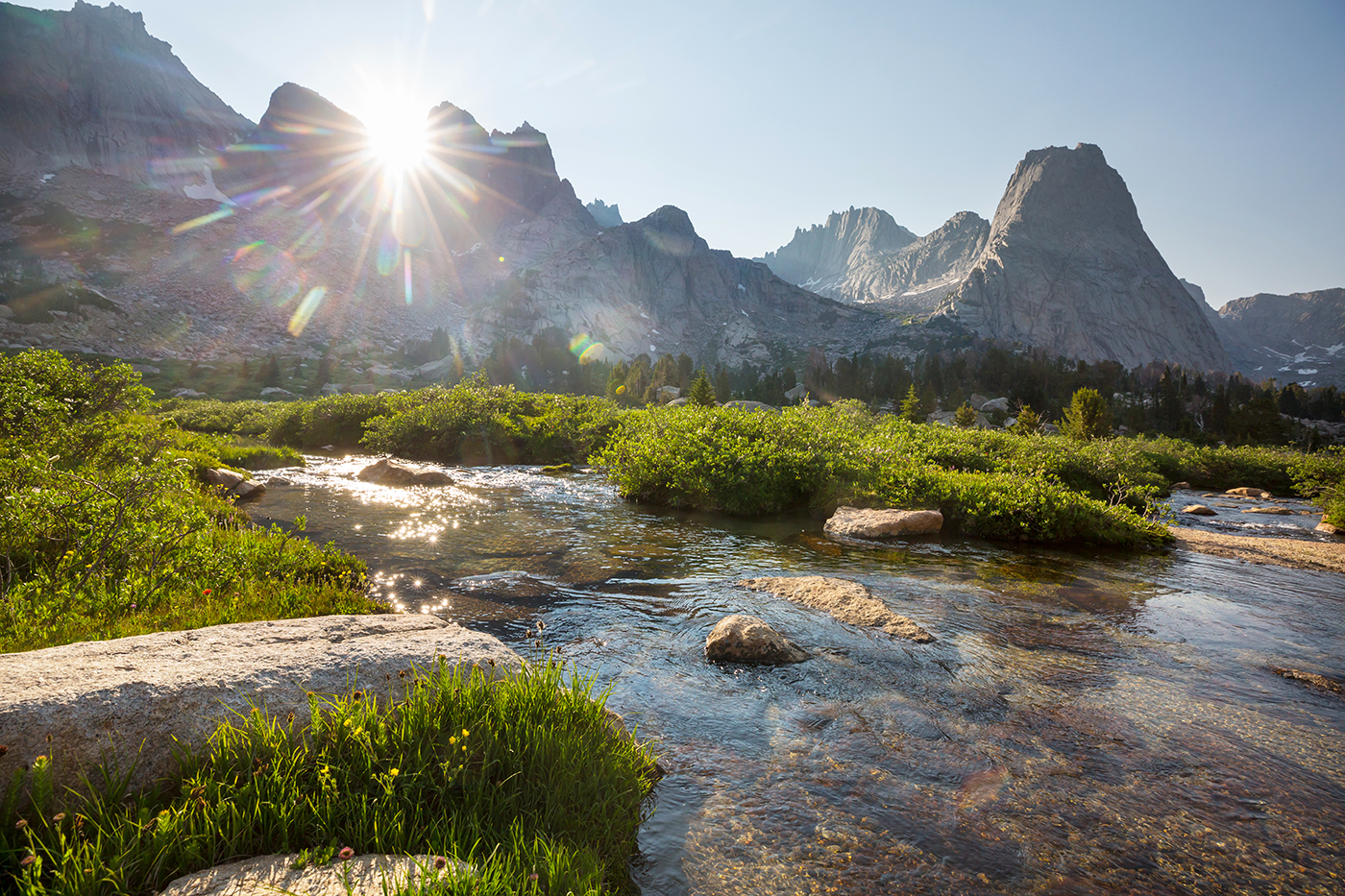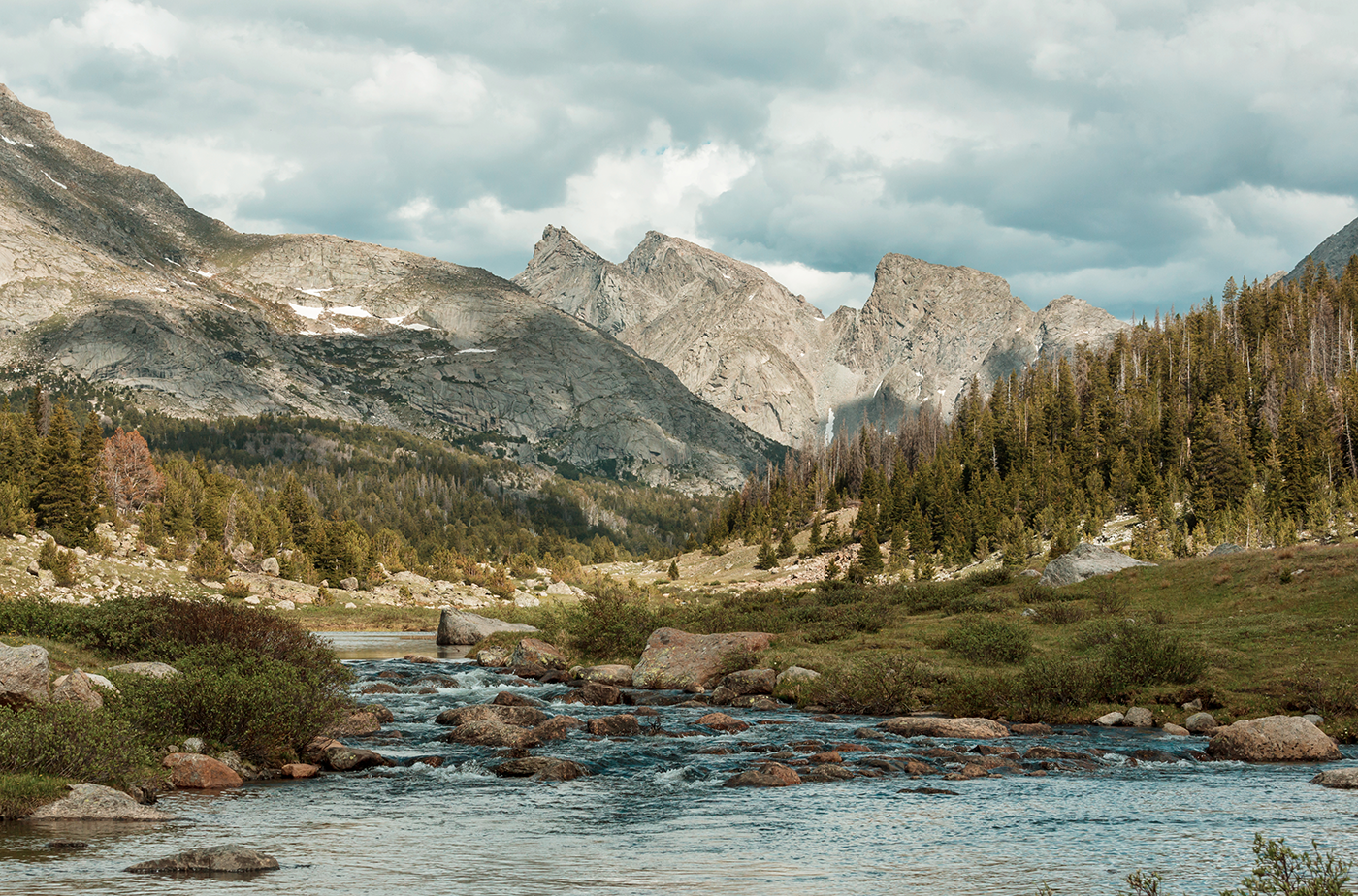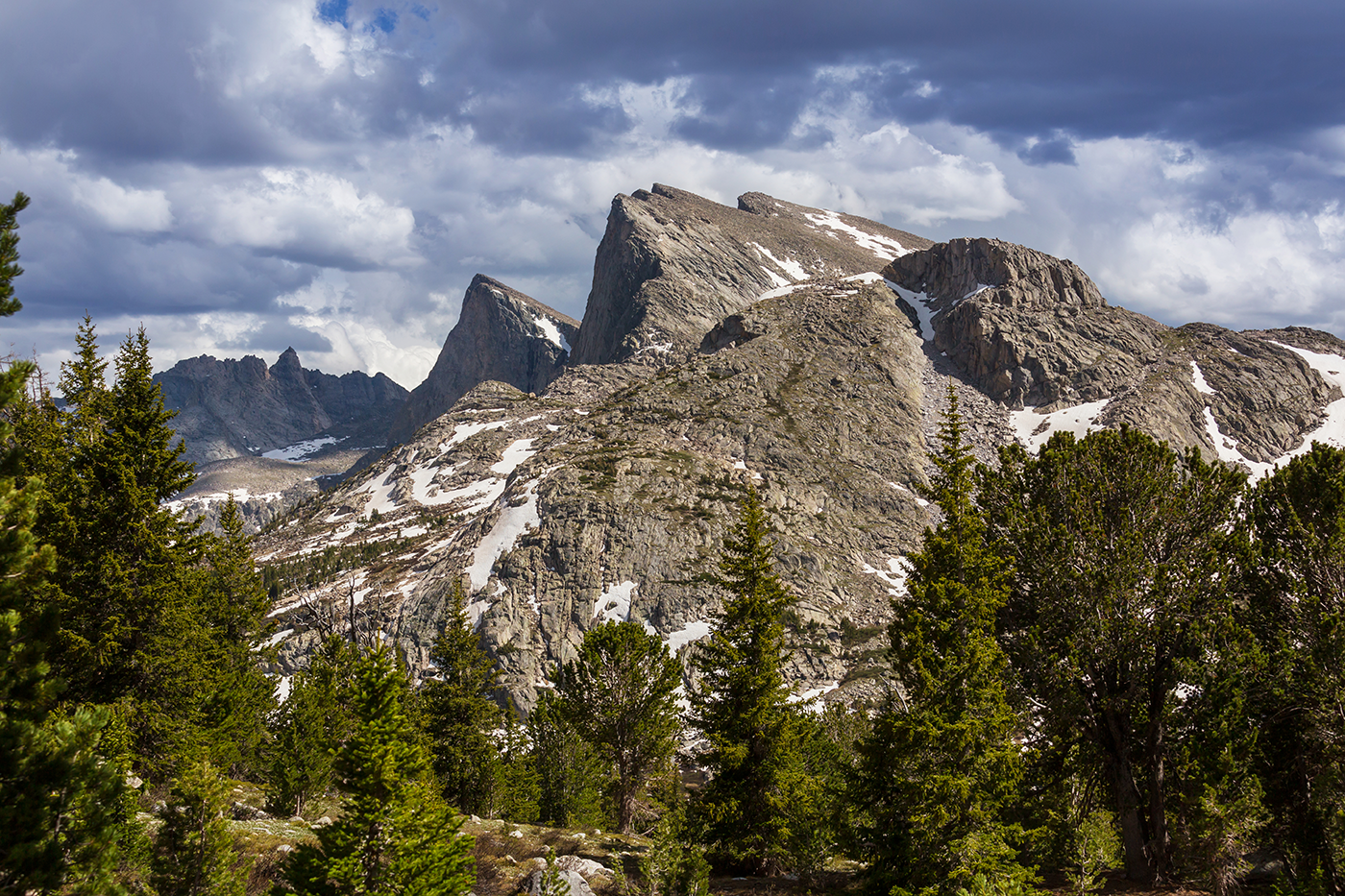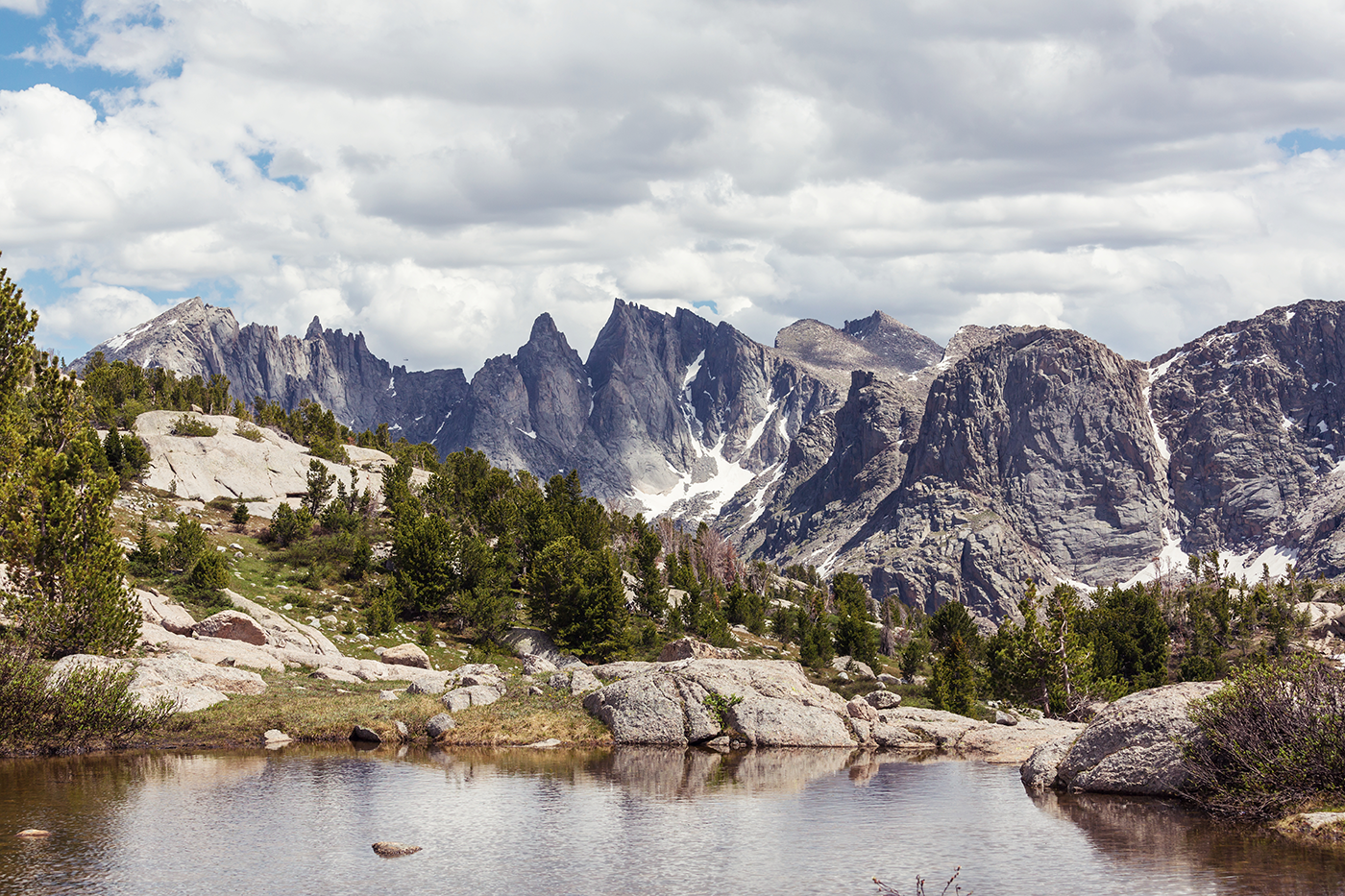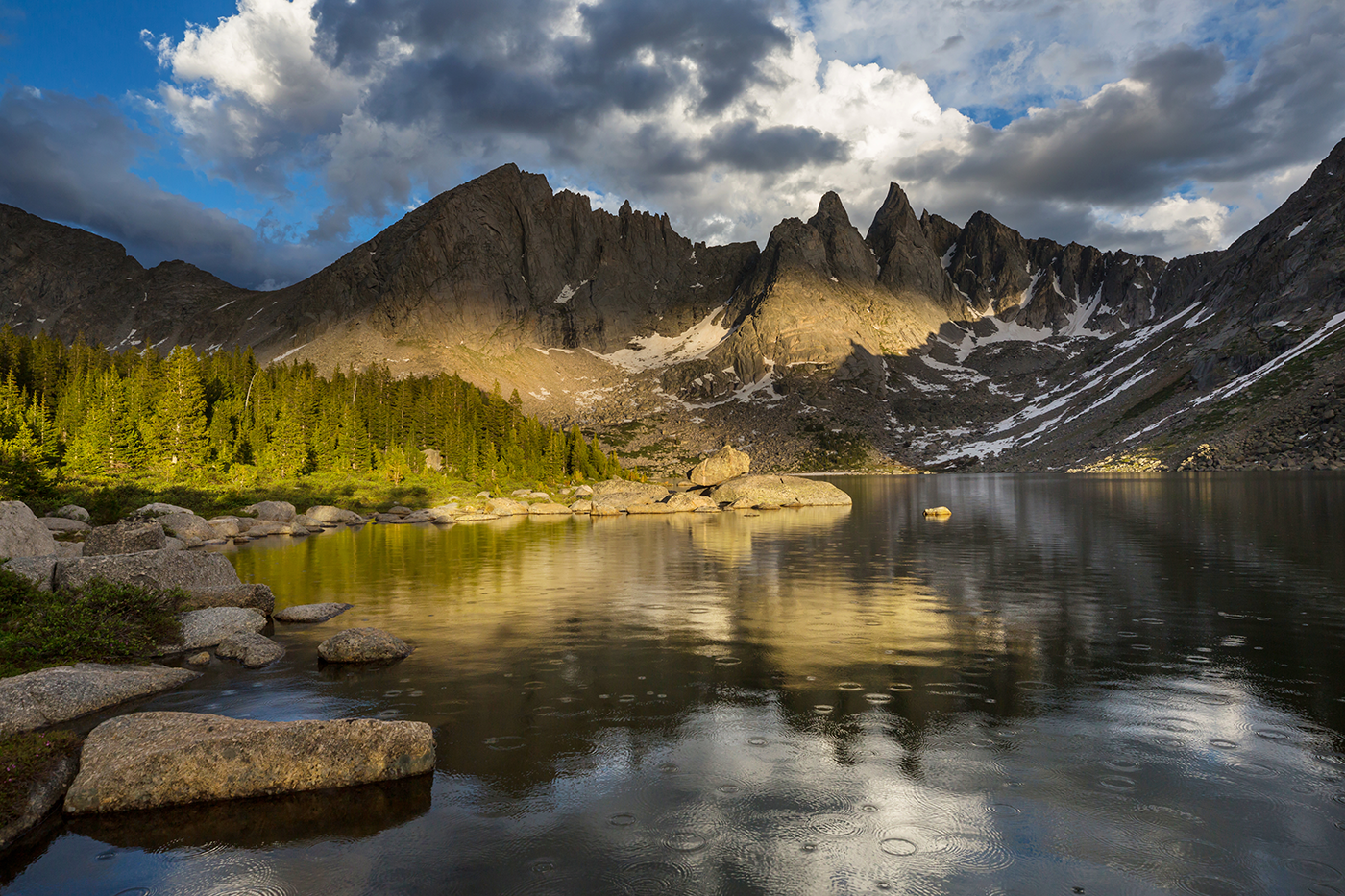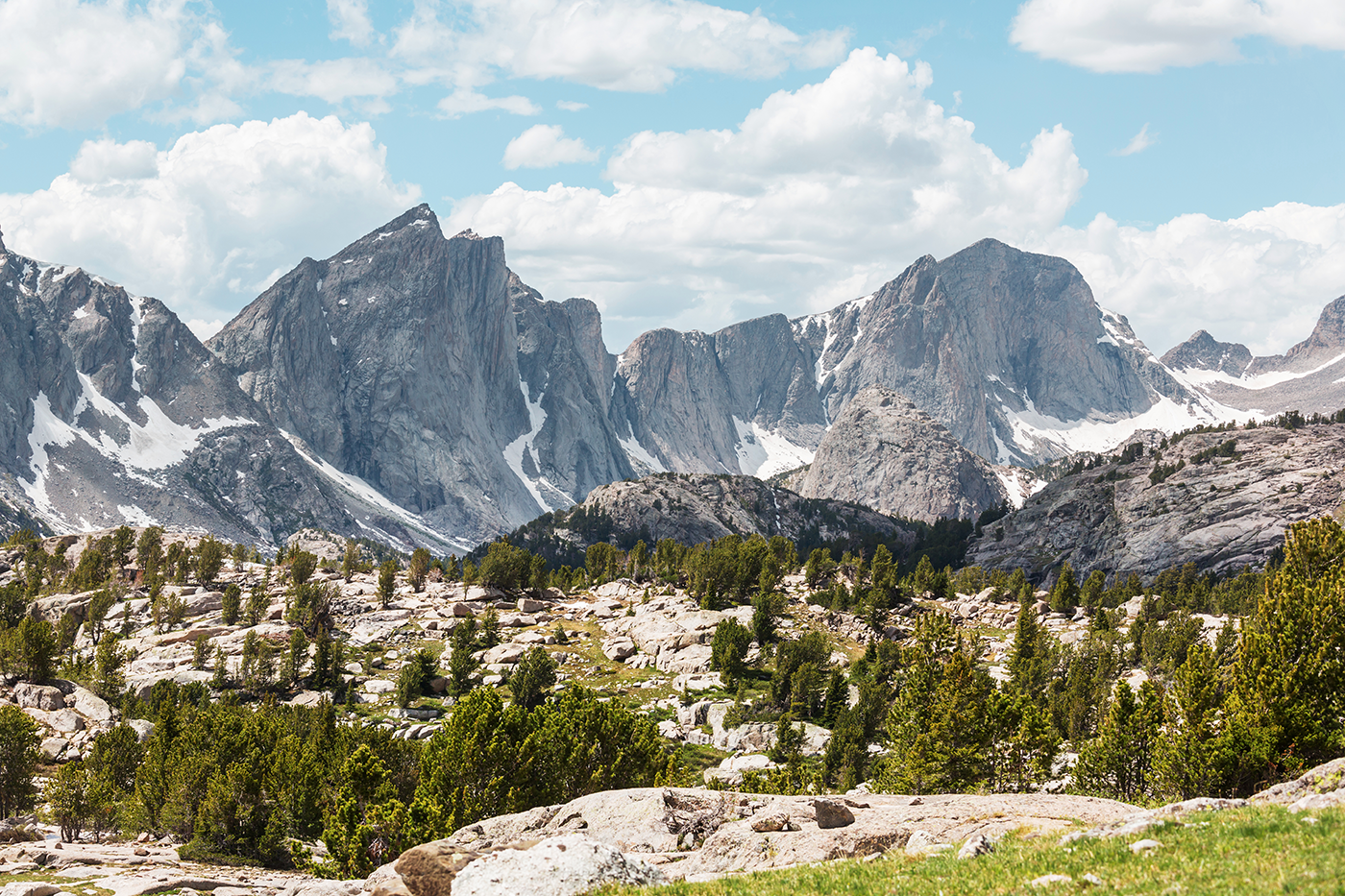Nestled within the rugged beauty of Wyoming’s Wind River Range lies a trekker’s paradise: the Seneca Lake Trail. This picturesque pathway winds through some of the most breathtaking landscapes in North America, offering hikers a chance to immerse themselves in the tranquility of nature while being surrounded by towering peaks, crystal-clear lakes, and an abundance of wildlife. In this extensive guide, we’ll delve into the wonders of the Seneca Lake Trail, exploring its history, highlights, practical tips, and the unforgettable experiences that await those who venture into this pristine wilderness.
The Wind River Range: A Natural Wonder
Before we dive into the specifics of the Seneca Lake Trail, let’s set the stage with an introduction to the awe-inspiring wonderland that is the Wind River Range. Located in western Wyoming, this mountain range is a part of the Rocky Mountains and is renowned for its rugged beauty, towering granite peaks, and numerous alpine lakes. It spans over 100 miles and is home to more than 40 named peaks exceeding 13,000 feet in elevation, including the iconic Gannett Peak, Wyoming’s highest point.
The Wind River Range offers an array of outdoor adventures, from challenging mountaineering expeditions to serene backpacking trips. Its pristine wilderness attracts outdoor enthusiasts, photographers, and nature lovers from around the globe, seeking to experience its untamed beauty firsthand.
Introducing the Seneca Lake Trail
Among the many trails that weave through the Wind River Range, the Seneca Lake Trail stands out as a popular choice for hikers seeking a rewarding journey. This trail, known for its stunning alpine scenery and relatively moderate difficulty, provides an excellent introduction to the grandeur of the range. Whether you’re a seasoned backpacker or a casual day hiker, the Seneca Lake Trail offers a memorable adventure for all.
Trail Overview
- Location: The Seneca Lake Trail is situated in the Bridger Wilderness of the Wind River Range, near Pinedale, Wyoming.
- Distance: The trail is approximately 10 miles one way, making for a 20-mile round trip. However, hikers can choose to customize their experience based on time and ability.
- Difficulty: While the trail is considered moderately difficult, it is suitable for most hikers with a reasonable level of fitness. The elevation gain is gradual, making it manageable for those acclimating to higher altitudes.
Highlights Along the Trail
1. Breathtaking Scenery
As you embark on the Seneca Lake Trail, prepare to be immersed in a landscape of unparalleled beauty. Towering granite peaks, including the majestic Fremont Peak, dominate the skyline. The trail winds through dense forests of pine and fir, opening up to expansive meadows carpeted with wildflowers in the summer months.
2. Alpine Lakes
One of the highlights of the Seneca Lake Trail is, of course, Seneca Lake itself. This pristine alpine lake, nestled at an elevation of approximately 10,400 feet, reflects the surrounding peaks like a mirror. Its tranquil waters invite weary hikers to rest, reflect, and perhaps even take a refreshing dip.
3. Wildlife Encounters
The Wind River Range is teeming with wildlife, and the Seneca Lake Trail offers ample opportunities for sightings. Keep your eyes peeled for mule deer, elk, moose, and if you’re lucky, even a glimpse of a mountain goat traversing the rugged terrain.
4. Photography Paradise
For photographers, every twist and turn of the Seneca Lake Trail presents a new opportunity to capture nature’s beauty. From the play of light on granite cliffs to the vibrant hues of wildflowers, this trail is a paradise for capturing stunning landscapes.
Planning Your Adventure
When to Go
The best time to hike the Seneca Lake Trail is typically from mid-July to September. During these months, the trail is free of snow, and wildflowers are in full bloom, adding a splash of color to the landscape. However, be prepared for cooler temperatures, especially in the evenings and at higher elevations.
Permits and Regulations
As the Seneca Lake Trail is located within the Bridger Wilderness, part of the Bridger-Teton National Forest, it’s essential to obtain the necessary permits for overnight stays. Day hiking does not require a permit, but camping overnight does. Be sure to familiarize yourself with Leave No Trace principles to minimize your impact on this pristine wilderness.
What to Pack
- Appropriate Footwear: Sturdy hiking boots with ankle support are recommended due to the rocky terrain.
- Clothing Layers: Weather in the mountains can be unpredictable. Pack layers that can be easily added or removed, including a waterproof jacket.
- Navigation: While the trail is well-marked, it’s always wise to carry a map, compass, or GPS device.
- Food and Water: Pack plenty of snacks and water, as there are no reliable water sources along the trail.
- Safety Essentials: A basic first aid kit, flashlight or headlamp, sunscreen, and insect repellent are must-haves.
Trail Experience
Day 1: Trailhead to Hobbs Lake
Your adventure begins at the Elkhart Park Trailhead, where you’ll be greeted by the sight of towering peaks in the distance. The trail starts gently, winding through forests of spruce and fir. As you ascend, the trees thin, offering glimpses of the surrounding mountains.
After a few miles, you’ll reach the stunning Hobbs Lake, nestled in a high basin surrounded by rocky cliffs. This makes for an ideal camping spot for those looking to split the hike into two days. Set up camp, enjoy a well-deserved meal, and take in the serene beauty of your surroundings.
Day 2: Hobbs Lake to Seneca Lake
The second day of your journey takes you from Hobbs Lake to the crown jewel of the trail: Seneca Lake. As you continue on, the landscape opens up, revealing sweeping vistas of the surrounding peaks. You’ll pass through meadows dotted with wildflowers, the air alive with the hum of bees and the chirping of birds.
As Seneca Lake comes into view, its deep blue waters shimmering in the sunlight, you’ll understand why this trail is a favorite among hikers. Take some time to relax by the lakeshore, perhaps go for a swim if the weather permits, and savor the tranquility of this alpine paradise.
Day 3: Exploration and Reflection
On your final day, take the opportunity to explore the area around Seneca Lake further. Hike to nearby vantage points for panoramic views of the surrounding peaks and valleys. If you’re feeling adventurous, consider a side trip to Island Lake or even a summit attempt on one of the nearby peaks for a bird’s-eye perspective of this breathtaking landscape.
As you begin your descent back to the trailhead, take a moment to reflect on the experiences and memories you’ve gathered along the way. The Seneca Lake Trail is not just a physical journey but a chance to connect with nature, disconnect from the hustle of everyday life, and rejuvenate your spirit.
Conclusion: A Journey to Remember
The Seneca Lake Trail in the Wind River Range is more than just a hiking trail; it’s an invitation to explore one of nature’s most majestic creations. From the towering peaks to the tranquil lakes, every step along this trail reveals a new wonder, a new reason to pause and appreciate the beauty of the wilderness.
Whether you’re an experienced backpacker seeking a new challenge or a nature enthusiast looking to reconnect with the great outdoors, the Seneca Lake Trail offers an unforgettable adventure. So lace up your hiking boots, pack your essentials, and embark on a journey of discovery in this pristine corner of Wyoming.
As John Muir once said, “In every walk with nature, one receives far more than he seeks.” May your journey on the Seneca Lake Trail be filled with awe-inspiring moments, peaceful reflections, and a deep appreciation for the wonders of the natural world.
